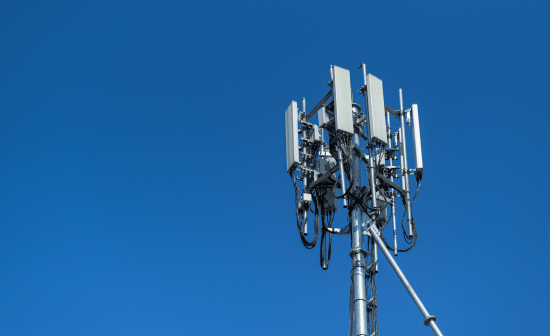4G – Long-Term Evolution
Driving Force for Today’s Digital World
- Home
- Technologies
- 4G – Long-Term Evolution
4G has revolutionized our world by providing ubiquitous and reliable high-speed mobile broadband on which a range of applications were built across fields such as transportation, entertainment, education, social media and business applications. 4G along with smartphones have become an inseparable part of our day-to-day lives.
Compared to 3G standards, the main advances of LTE include high spectral efficiency, high peak data rates, shorter round-trip time and IP protocol for both real-time voice and data services. LTE/ LTE-A is a combine OFDMA (Orthogonal Frequency Division Multiple Access) with higher order 64 QAM modulation, expanded 20 MHz bandwidths and up to 4×4 MIMO spatial multiplexing to achieve higher peak data transmission rate of 75 Mbps in the uplink and up to 300 Mbps in the downlink stream.
A distinct feature of LTE is the absence of centralized Radio Network Controller (RNC) as in previous mobile generations. LTE has adopted a flat architecture with a distributed network of ‘intelligent base stations – known as evolved NodeBs to speed up the connection setup time and significantly lower the inter eNodeB handover time. The bandwidth requirements for the backhaul of 4G are also significantly higher than those of previous generations.
A distinct feature of LTE is the absence of centralized Radio Network Controller (RNC) as in previous mobile generations. LTE has adopted a flat architecture with a distributed network of ‘intelligent base stations – known as evolved NodeBs to speed up the connection setup time and significantly lower the inter eNodeB handover time. The bandwidth requirements for the backhaul of 4G are also significantly higher than those of previous generations.

Tejas offers comprehensive 4G solutions including the Remote Radio Head (RRH, also known as Remote Radio Unit – RRU), Base Band Unit (BBU) and multiple backhaul options. These solutions are future-ready as they can be upgraded to 5G with minimal overhead.
Tejas Offerings – Key Highlights

eNodeB with up to 40W Output Power/ Port

Multiple Band Support, NB-IoT

Compact Form factor with Low Power Consumption

Carrier Aggregation

TDD and FDD Support





